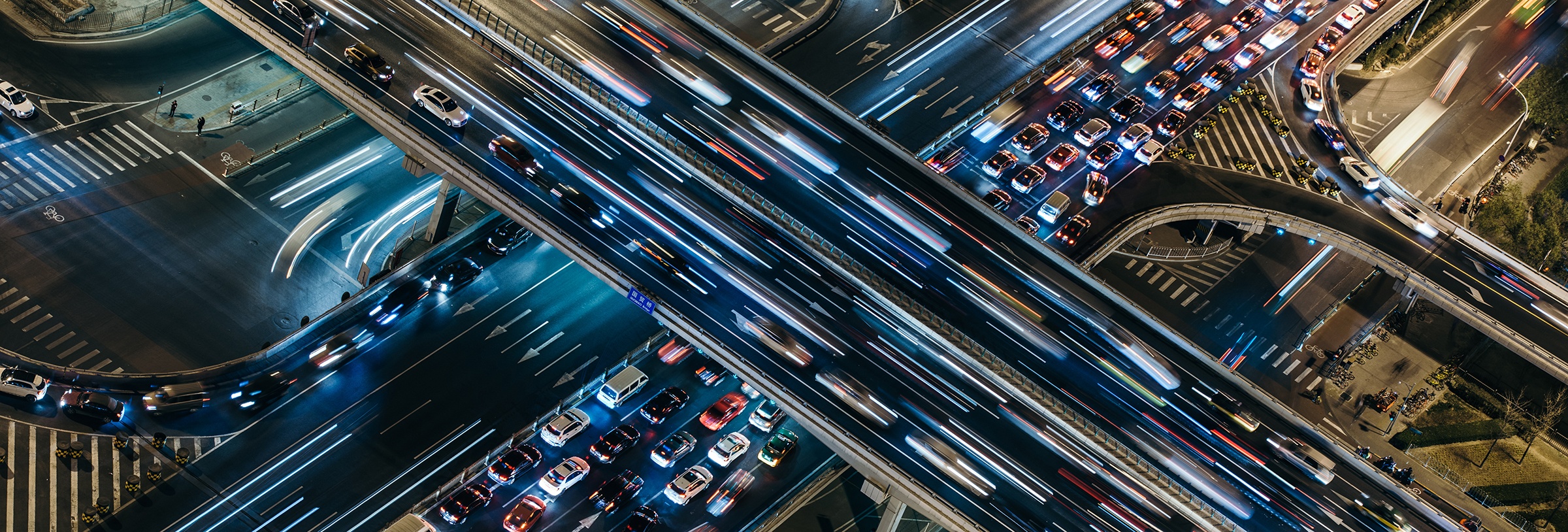We are now a short distance away from expiration of MAP-21, with no solution in sight for sources of funding to sustain the federal highway program. There is no stomach in Congress to increase federal gas taxes or to make real progress toward replacing gas taxes with mileage-based user fees.
As for tolls, Rep. Bill Shuster, Chair of the House Transportation and Infrastructure Committee, said in a speech last week that they might be even more difficult to do than some of the user fees." Tolling of interstates that have been free for decades would not be kindly received by voters, according to Rep. Shuster.
This is the same political mentality that drove decisions on expansion of federal tolling authority under MAP-21. MAP-21 created new authority to introduce tolling to fund construction of new interstate capacity and interstate reconstruction, but in both situations MAP-21 prohibits any net reduction in the number of toll-free, non-HOV lanes. This means that, with the except of potentially converting existing HOV lanes to HOT lanes, only new lanes may be tolled in connection with interstate reconstruction or expansion.
With this restriction, the toll revenues that can be generated from the MAP-21 tolling provision pale in comparison to the costs to reconstruct and expand the interstate system.
Bold and broad thinking on the future of the interstate system will have to well up from industry leaders and state government if there is ever to be a change in the current federal ban against tolling existing capacity of the interstates. Bob Poole of the Reason Foundation just published a year-long study on the feasibility of interstate tolling to pay for the estimated cost to reconstruct and expand the interstate system. The Reason study is an audacious and timely exercise that just might frame the national debate on the subject, for several key reasons:
- It finds that the job can be accomplished at feasible toll rates – 3.5 cents/mile for cars and 14 cents/mile for trucks, on average.
- It includes a state-by-state analysis, concluding that almost every state is capable of funding its next generation of the interstate system via tolling.
- It is based on the premise that tolls are not introduced until value is added – i.e., until an interstate corridor is reconstructed and modernized so that it will operate at a higher level of service.
- It proposes that the use of the toll revenues be restricted to the purpose of interstate reconstruction and expansion.
- Modern, all-electronic tolling is assumed.
- It would represent a significant transitional step toward a universal mileage-based user fee system, as the interstates account for 25% of total vehicle miles traveled.
- It encompasses funding of on-going interstate maintenance as well as future improvements.
- It even proposes to rebate fuel taxes for vehicle miles traveled on tolled interstate corridors, to avoid any claim of double taxation.
Tolling of the interstates under the terms enunciated in the Reason study recognizes that major portions of the interstate system are close to the end of their original design life and that modernization, rehabilitation, replacement and expansion make up the next generation of the interstate system. It is true that federal and state fuel taxes paid for the bulk of our current, aging and capacity-constrained interstate system and so, with a few exceptions, was never intended to be tolled. It is equally true, however, that Congressional abhorrence of higher fuel taxes and mileage-based user fees assures us that the future federal transportation program will fail to pay for the next generation interstate system.
Eliminating the federal ban on tolling interstate capacity can be viewed politically as an act of federalism rather than Congressional endorsement of interstate tolling. In reality, it would mean that the federal government is neutral regarding the matter. It would neither bar nor mandate interstate tolling. It would mean that each state would make its own political decision on whether, when and on what terms to implement interstate tolling.
Political pressure from state governors, state legislators and state DOT executives will be essential to drive any action by Congress to lift the federal tolling restriction. As Ken Orski writes in his latest cogent brief on this subject, [t]heir collective judgment will be decisive in whether Congress votes in favor of lifting the current legislative restriction against Interstate tolling or leaves it in place. (NewsBrief, Vol. 24, No. 14, September 18, 2013, www.innobriefs.com)
- Partner
During his 45 years with the Firm, Fred Kessler has gained national recognition as a guiding force for public agencies in the field of transportation public-private partnerships (P3s). Clients benefit from his vast experience with ...
Nossaman’s 30-plus infrastructure attorneys offer clients, colleagues, strategic partners and industry media a wealth of practical experience, insider insight and thoughtful analysis here on Infra Insight. We blog about what we know best, from industry-leading procurements to local and national policy developments that affect the market and our clients.
Stay Connected
 RSS Feed
RSS Feed

